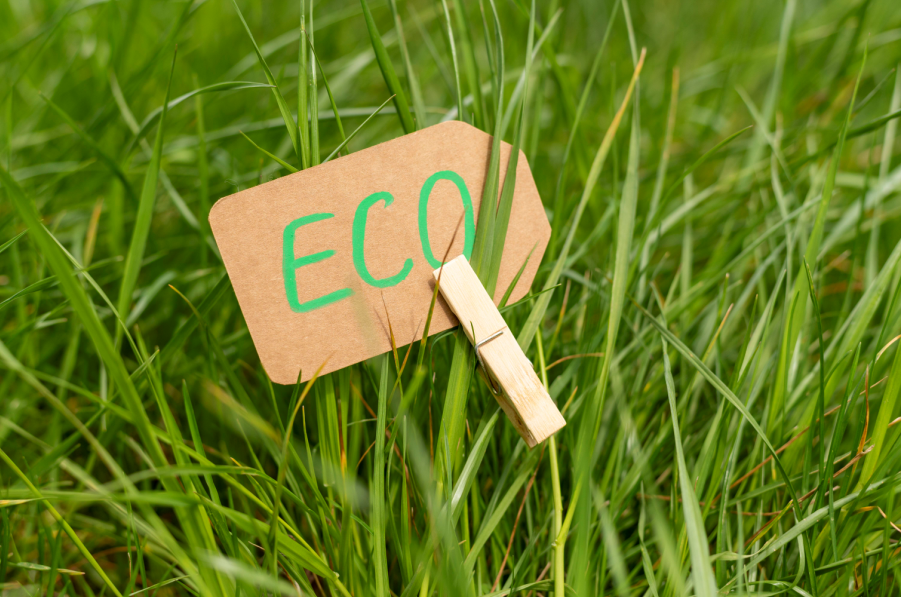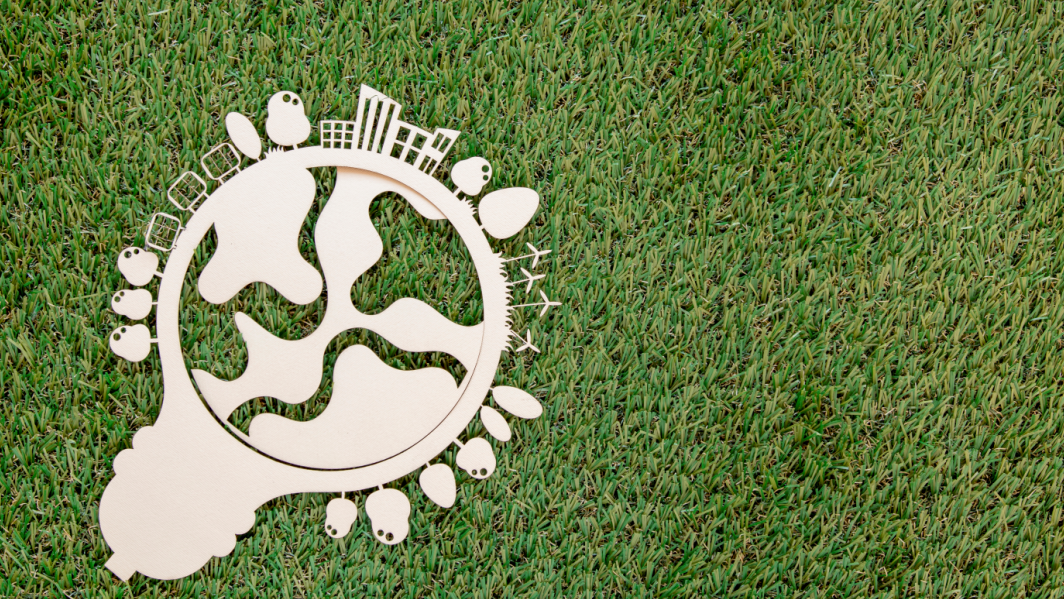
Right off the bat, we erase any doubts about the benefits of moving to a sustainability camp. Statistics speak louder than words: Millennials are ready to pay more for environmentally compliant products and give them preference over analogs.
Formation of a single concept from “sustainability” and “marketing” is not as easy as it might seem at first glance. Think that it’s enough to hitch the product to a pressing topic such as environmental friendliness and social responsiveness?
It doesn't hold water if you do not intend to adjust the overall business strategy. In words of one syllable, what do you need to do to orient your marketing towards sustainability?
Why Sustainability Matters or Back to Basics
For what reason did this buzzword enter the scene? Everything is simple - increasing consumer consciousness. As supply increases, demand becomes much more sophisticated.
Previously, in conditions of scarcity or limited competition, the main selection criteria were quality, price, or affordability. Now, the question of the impact on social processes and the environment has come to the fore. A striking example is Lego promoting recyclable bricks.
Your product will not be perceived as sustainable organically. You must justify this and fully deploy your business in this direction. Remember that this is not a single campaign aimed at reaping short-term fruits. This is a fundamental change in the entire communication strategy, the purpose of which is to create long-term value for the client.
Reassure your ethically inclined customers that you are serious about seeking their attention. Prove to them that you are ready to care not only about your income. Go through a complete transformation and learn how to talk about it correctly.

Step 1: Get Used To New Realities
This step may seem weird, but we cannot move on without mentioning it. Note that when we proceed to the first step, we take the good quality of your product and its competitiveness for granted. If this is not the case, you need to deal with this problem first of all.
What do we mean by new realities?
First of all, this is a transition to long-term goals. Sustainability is not a seasonal offer or a temporary feature that you can turn on when you need and turn off when you want. This is your new philosophy, a new worldview that will allow you to attract conscious customers who are interested in progressive businesses - those that are not indifferent to topical questions.
The transition to social and environmental issues cannot be tackled instantly: all changes will be gradual, as well as their coverage will be helpful when it comes to creating different content. Therefore, you should not expect instant results in the form of increased sales.
For example, you can switch to recyclable packaging or the use of alternative energy sources. Obviously, in the first stage, short-term losses will be inevitable. They should not scare you. You have to get ready to put your money where your mouth is.
The second reality that you have to get used to is the omnipresence of your new sustainable idea. It must be embodied in every new endeavor. Remember that now it is part of your brand. You are a preacher of this idea, and your product is a direct proof of the veracity of your intentions.
If the customer catches you red-handed and finds a discrepancy between what you practice and what you preach, this can negate any further efforts. Therefore, make sure that a new sustainable policy applies to all elements of your business, not just marketing promises.
Again, if you do not change anything in your product, but at the same time scream sustainability, get prepared to be taken to task for a lie. Do you need it? Definitely not.
Step 2: Feel the Power of Storytelling
Although sounding romantic, this step has a strong background. If you do not prepare the story, your sustainability efforts will seem chaotic and fragmented. You need to stick them together with something, and this should be exactly the story.
How did you come to eco-friendliness and social responsibility? Why did you decide that this is important? What is the role of your product? Stories can infiltrate everywhere and take various forms: a blog post on a website, videos on YouTube, infographics on social networks, etc. Pay attention that the pictures for social media and posts on the website should be professional and creative.
Photza.com outsourcing photo editing service will help you to create eye-catching and perfect images for your content. Guest posts on platforms relevant to your niche will help to increase readership: let as many interested people as possible know your promise.
Having appreciated your story, the customer will quickly understand your goals and determine that you're a perfect fit for each other.
Step 3: Create and Educate Your Community
After inventing a story and illustrating it with different content, proceed to the next part – creating a community. You may ask, "Why do I need this?" Everything is simple.
The community will bring together your customers, followers, and just those who like your approach. This is a place where you can talk about your initiatives, projects, and updates. And then, as if by magic, a wave of this information will begin to cover ever-larger audiences through likes and shares.
This is a kind of mechanism for self-regulatory dissemination of information about your activities. The more your audience likes what you do, the more willingly it shares it with other people. Those who did not know about you before will find out that you are not just doing business, but striving to improve the world. The principle is clear, isn't it?
In your community, it's important to talk not only about yourself. Enlighten your customers about the current situation in your niche, how traditional industries work, and why it is time to move away from old mechanisms.
After the background, you can begin to describe your product and explain its priority. Focus your marketing on the benefits of the product in terms of environmental impact, social processes, and prospects for future generations. Do not hide anything: secrets are never long-lived. If you abuse cover-ups, this obviously will not play into your hands and will spread through social channels quickly.
So, keeping things dark is not a good idea: trusting your audience, you build trust in it.
Conclusion
The humanization of your brand and its openness to pressing problems will help your customers to consider you not through discounts and promotions, but through emotions and heart.
Having decided to take these 3 steps, you will not just change your marketing strategy. You will completely change your business trajectory. And who knows, maybe it will leave a trail no less bright than that of the most famous comets.
Written by Marie Barnes
About the Author
Marie Barnes is a writer for Bestforacar. She is an enthusiastic blogger interested in writing about technology, social media, work, travel, lifestyle, and current affairs.
You may also like
Benefits of Creating a Sustainable and Eco-Friendly Workplace
Easy Ways to Practice Green Living in a Corporate Office
A Guide to Marketing for Sustainable Brands
How to Build Trust For Your Sustainable Business
